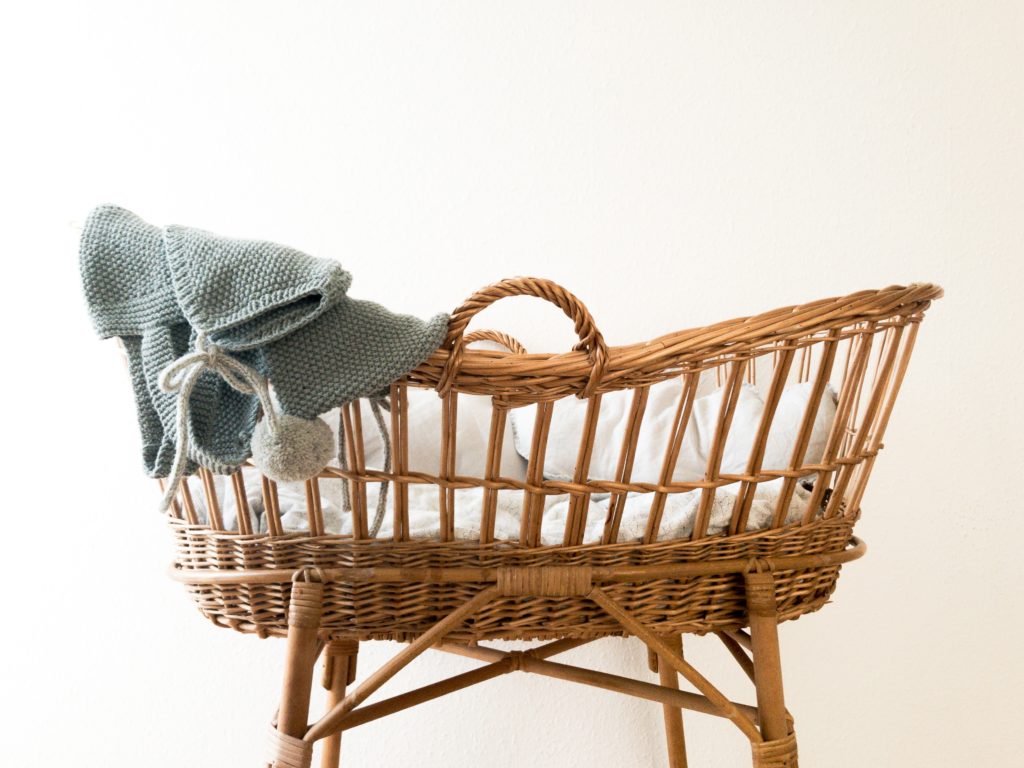 We have a plastic problem, and we know it. There are floating islands full of plastic in our oceans. Microplastic particles have been found in our drinking water, plants, food, and even the air. Now scientists have discovered plastic particles in the placenta of expectant mothers and the fetus’ system.
We have a plastic problem, and we know it. There are floating islands full of plastic in our oceans. Microplastic particles have been found in our drinking water, plants, food, and even the air. Now scientists have discovered plastic particles in the placenta of expectant mothers and the fetus’ system.
Researchers are still unsure of the long-term health effects of microplastic consumption on the human body. However, it is understood that these particles can often carry toxins that can be absorbed by the organs and could potentially lead to various cancers, reproductive issues, and weakened immune systems. A team of researchers in Italy recently studied six healthy mothers’ placentas and found that four of them had microplastics in their placentas.
The team only examined approximately 4% of each mother’s placenta and found a dozen plastic particles, suggesting an even higher concentration throughout. After further examination, the particles seemed to originally come from packaging and personal hygiene products used by the mothers. Furthermore, most of the particles were 10 microns in size, which means they are small enough to travel through the bloodstream. The plastic could have entered the developing fetal organs. The researchers believe this could cause long-term damage to the fetal immune systems and growth development; however, more detailed studies would have to be performed.
This is not the first such study to be released. In November, a study published by a research team in Ireland found that plastic baby bottles for breast milk or formula expose infants to approximately 1.6 million microplastic particles every day. Again, most of the particles were small enough to travel through the bloodstream. This shows that even after birth, future generations are continuously developing with plastic inside their systems.
There are ways to mitigate the presence of plastics in our lives. However, living plastic-free is not always possible, especially in underprivileged communities. Furthermore, even though glass baby bottles are available, parents are often worried about the bottle breaking. It is often also too heavy for the child to hold during the early stages of their development. As consumers, we must choose to pick non-plastic products whenever possible and feasible in our lives. However, it is even more critical for companies to work with researchers to develop sturdier materials that do not pose health threats and are accessible to all.
Get more like this—Sign up for our daily inspirational newsletter for exclusive content!
___
Photo: Nynne Schrøder on Unsplash




